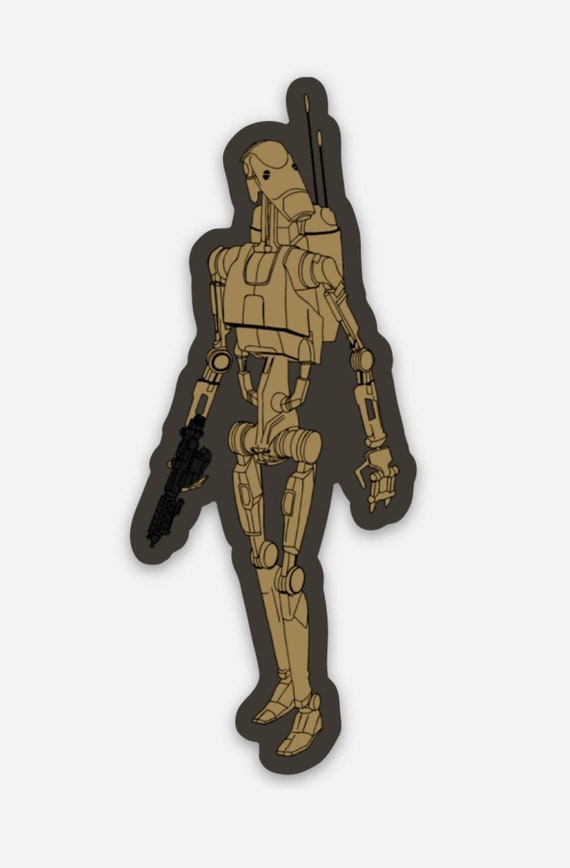
We haven't noticed specific design changes just yet, but we'll explore a bit more.
Droid roger roger android#
Speaking of which, the Android virtual keyboard is largely the same, but Google says it revamped the keyboard layout for faster, more-accurate typing. Additional symbols, however, require a separate virtual keyboard. You'll also find the usual back and delete buttons. We welcome the two Shift keys and the two Alt keys (they sit in pairs on either side of the keyboard), the large and convenient space bar, and the menu and search keys. Fortunately, there are a fair number of additional controls. That's common on smartphones, so we won't make a big deal and we like that the top row of keys isn't too close to the slider. Four rows of keys do mean that numbers and common punctuation and symbols double up with letters. The letters on the keys are large and backlit for dialing in the dark. Sure, you'd probably get used to it eventually, but on the first pass we have our reservations. On the whole it is a better experience than the T-Mobile G1, but typing is not nearly as comfortable as with the Cliq or even with the Samsung Moment. Also, though the buttons do give a slight downward "push," they're a bit slick and we were thrown off by the "dummy keys" on either end of the bottom row. The keys are flush and squashed next to each other, which makes it difficult to text quickly or by feel. Though many users will welcome a physical keyboard, we weren't particularly impressed. When you open the Droid to display the physical keyboard, the screen orientation will change automatically. We don't love the Droid's keyboard just yet.


We know this all comes down to a personal preference, but that is ours. And at the end of the day, we'd prefer actual physical buttons. Though the touch controls are responsive, they're not very big. The former activates Google search with just one press, and the latter opens relevant menu commands for various handset modes and features. They perform the same functions as on other Android phones, with the search and menu keys being the most useful. You can move icons around and add shortcuts and folders.īelow the Droid's display are four touch controls: Back, Home, Search, and Menu. The main menu is accessible via the pull tab at the bottom of the display. And, of course, the central pane has the Google search bar. You get only three home screens-we prefer the five we got on the Motorola Cliq-but you can customize each pane with widgets. Outside of the upgrades from Android 2.0 and the Droid-specific tweaks, the basic interface will be familiar to Android users. At $199, the Droid is on par with T-Mobile's Android device, but it's slightly more expensive than Sprint's devices. And even better, it's a clear departure from Verizon's locked-down past. But for Verizon's first pass at Android, the Droid more than delivers. On the downside, we weren't crazy about the keyboard and dialpad accessibility, the calendars aren't fully integrated, and we'd prefer to see dual-mode (GSM/CDMA) capability. We'll refrain from using the dreaded "iPhone killer" expression, but comparisons between the two devices are obvious, and we see the Droid as a real competitor to Apple's device. The display is gorgeous, the Android 2.0 updates are excellent, and the handset is lightning fast, particularly for an Android phone. Officially announced on October 28 and set for a November 6 release, the Droid delivers on much of the hype. And even as Verizon unveiled its television commercial attacking the iPhone, firm details on the Droid remained few and far between. First known as the Sholes, the Motorola Droid swirled into the gadget rumor mill this summer. You have to hand it to Verizon Wireless: though the Google Android operating system now extends to a handful of devices, the carrier was able to get the tech world "excited" about its first Android phone.


On June 30, 2010, we adjusted the ratings to reflect new devices in the market.


 0 kommentar(er)
0 kommentar(er)
